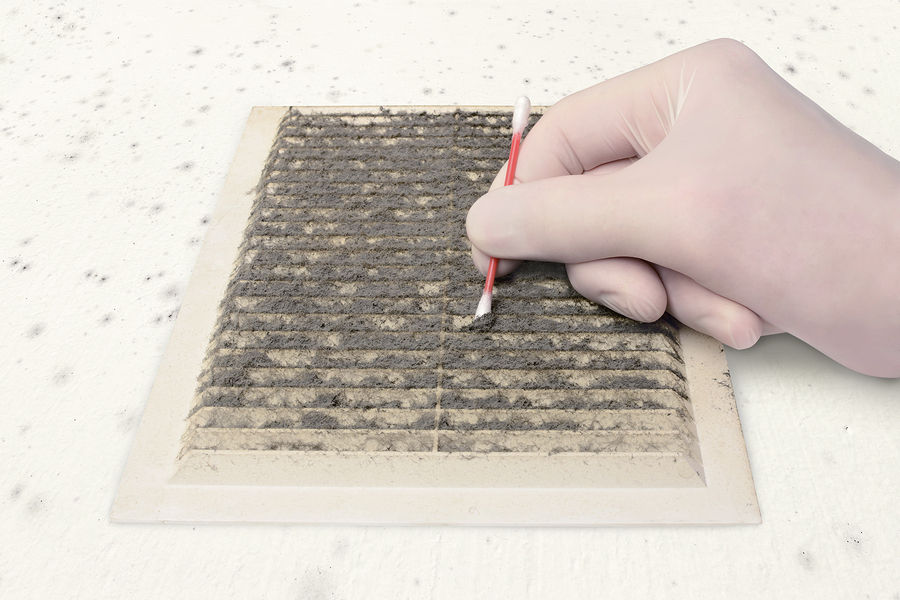Foundation Cracks
- rolando hernandez
- May 8, 2023
- 2 min read
Updated: Jun 16, 2023

Due to shifting soil, water issues, and normal settlement, most foundations will crack. That is why during our home inspection, we will check for the tilt There are different kinds of foundational cracks and varying causes. Once you understand the type of cracks you have and the underlying cause, you’ll be better able to repair them to protect your home. There are two basic types of foundational cracks. They are horizontal and vertical cracks that differ in causes and severity. Fortunately, there are simple measures you can put in place to ensure water does not stagnate and cause problems.
Foundation Cracks
1. Improve the foundation soil grading
Mounds of soil from the foundation will start settling with time. As they settle, a dip will form around the foundation’s edge. This dip encourages rainwater to pool around the foundation.
The area around your yard should always slope at least six inches every 10 feet from your foundation. This will ensure that water moves away and doesn’t pool at the base of the foundation. If the soil around your foundation is sloping toward your foundation, you should consider adding dense soil around the foundation walls until it slopes away. Water running into the home ruins the foundation and could create a situation where mold thrives.
2. Fix foundation cracks
Cracks and crevices along your foundation walls will encourage water to leak inside, form puddles, and lead to other problems like water damage and mold growth. Fix these issues as soon as possible. Left unchecked, cracks on your foundation can widen and become a structural hazard.
3. Repair gutters and downspouts
If your guttering system is clogged or loose, it will not correctly channel the rainwater away from your home. Inspect and fix loose gutters and remove leaves or debris from clogged ones. Also, ensure the downspouts discharge water away from your foundation. They should be at least six feet away from your home’s foundation and also can be placed in the ground.
4. Install curtain drains
If your house is at the base of a hill or slope, install curtain drains along the incline. You can do so by digging a trench some distance from the foundation. Lay down perforated drainpipes and cover them with crushed stones. Curtain drains are effective in preventing water stagnation around the foundation.
5. Interior crawl space drainage
If you have a crawl space under your home, combine an interior drain, and install a sump pump to clear any water that gets into your crawl space so it won’t seep into the foundation.
To get an idea of the severity of either a vertical or horizontal crack, you can test it with a dime. If you can fit one into the crack, the damage is significant enough to require repair. If small, it should be monitored over time to see if it worsens and addressed accordingly.
Our inspection includes the exterior area surrounding the home since cracks make the
home vulnerable to bugs, water, Mold infestations, and other










Comments